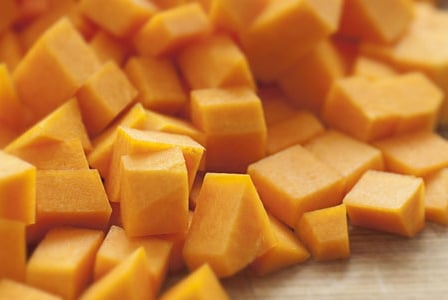Summertime is for being outdoors, whether you’re BBQ-ing in your backyard, hiking in the mountains or heading to the Caribbean for a tropical vacation. It’s no surprise that sun safety is one of the most important health precautions to consider in the summer months.
While sunshine and warm weather overarchingly enhance time spent outdoors, the sun can also be dangerous. However, with a few simple tips and tricks to keep safe from the sun, you’ll be able to maximize the fun during your time outdoors this summer.
Here’s a list of sun safety items to consider:
- Sunscreen (at least SPF 50)
- UPF-protective clothing (ultraviolet protective factor)
- Polarized UV-protective sunglasses (99%+ recommended)
- Sun umbrella or tent
- Wide-brimmed hat
Sun safety experts suggest that everyone, regardless of age, protects their skin by using a broad-spectrum sunscreen of at least SPF 50, avoid the sun during peak hours (10 a.m. to 4 p.m.) and wear a wide-brimmed hat of at least 3 inches. When applying sunscreen to you or your little ones, don’t forget areas like the ears, hands and backs of knees. And be sure to reapply at least every two hours—more often if you’re swimming or sweating.
Sun Safety in Tropical Destinations
When thinking about sun safety in tropical destinations, it’s important to consider their proximity to the equator. The closer you are to the equator, the more intense the sun’s rays. This is why you’re more likely to burn from less time in the sun at tropical destinations than you’d otherwise be used to at home.
In addition, between the pool and the ocean, tropical vacations are often accompanied by lots of time in the water. This means you need to be extra diligent about reapplying sunscreen in order to stay protected. Be aware of whether your sunscreen is waterproof or water-resistant.
When on boats, floaties or laying on the beach, you’re subject to reflective rays off the water and sand that further increase the risk of sun exposure. Surfaces like sand and water can reflect up to 80% of the sun’s rays. That means, when you spend a long time lounging on these surfaces, the sun’s rays are hitting you once from above and once from below.
The sun is most intense between 10 a.m. and 4 p.m., so try to maximize shade during these hours and save any prolonged sun exposure for early in the morning or later in the afternoon.
Sun Safety at High Elevations
The sun is stronger at high elevations because, well, you’re quite literally closer to the sun. Higher UV exposure happens at elevations because there’s less atmosphere to absorb and/or scatter the sun’s rays, meaning they’re directly hitting your skin with more intensity.
You also may not even feel like you’re getting a lot of sun exposure since temperatures can be much cooler at higher elevations, even when UV exposure is higher. So while you may never feel hot, you could still end up with bad sunburn. If you’re high enough to be around snow, keep in mind that snow, just like sand and water, has a high reflectivity of the sun and will further increase UV exposure.
Sun Safety for Babies and Kids
Shade is the number one priority when it comes to babies and young kids as the ultimate protection for their sensitive skin. In fact, it’s recommended to keep babies under 6 months of age entirely out of prolonged, direct sunlight. Plenty of pop-up sun tents or shades are available that condense into travel size for car or plane travel.
It’s especially important to protect babies and kids from too much sun exposure. Plenty of clothing brands make UV-protective clothing and swimsuits for little ones. Baby-specific sunscreens are also available with skin-sensitive ingredients and added layers of protection.
Tips for Treating Sunburns
If you take all the precautions but you or your little ones still manage to get burned, be sure to drink plenty of water to replace the fluids that are lost. Use cool water or aloe vera to help soothe the skin. If your sunburn is accompanied by blistering, severe pain or a fever, consult a doctor.






